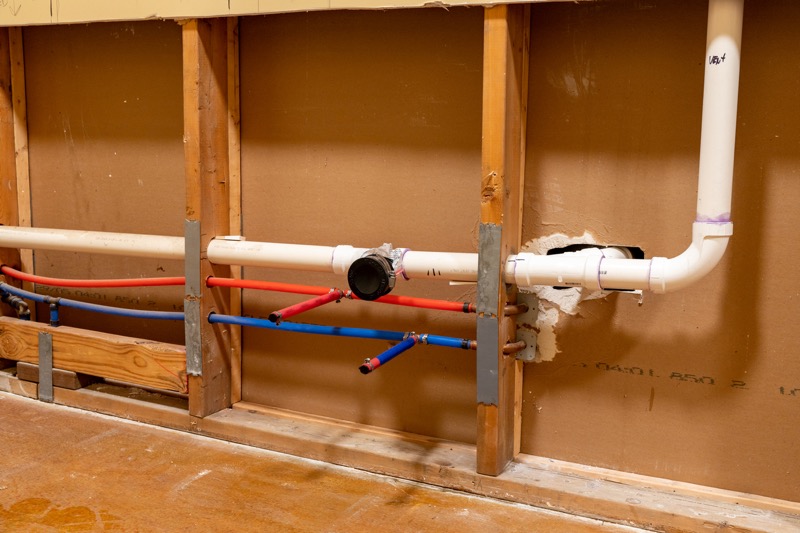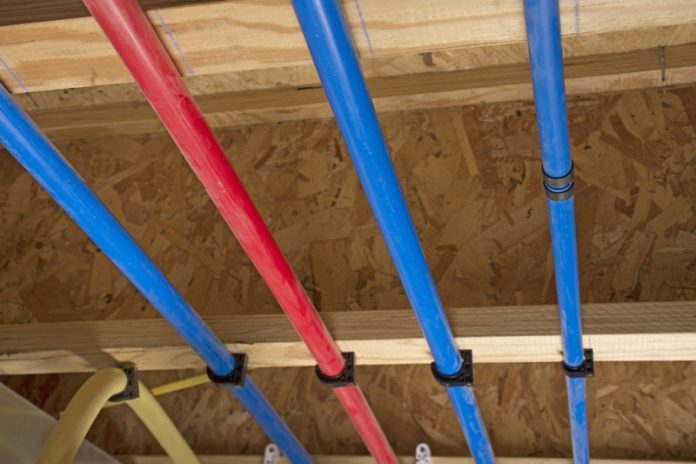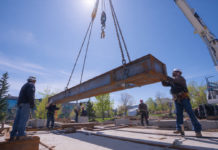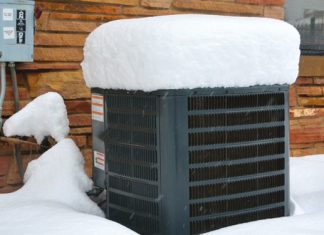You may have heard about the benefits of Pex vs. poly B pipes, but do you know the differences between the two? This article will give you the scoop on the difference between the two types of piping and explain why one is better for your home. After reading this article, you’ll be able to choose the best type for your needs.
Different Plumbing Materials
First, you should know about the lifespan of different materials. Copper is considered the most durable material, with a life expectancy of about 50 years. Pex follows at second place for durability, making up for it with its cheaper price tag. Poly B places third as the cheapest and least durable option.
All systems can break down if they are installed poorly or in adverse conditions. In the U.S., recirculating copper supply systems fail after less than 20 years, forcing many condo building owners to invest in expensive repiping. But the situation has been different in Canada. In the U.S., failures have been reported primarily in southern regions and areas with high chlorine levels.
Pex and poly B pipes are fairly durable. They can be installed behind walls and can be connected to copper piping. However, the downside is that these flexible pipes are more vulnerable to leaks and punctures. As a result, it’s vital to have your plumbing system professionally assessed before you install either type. Then, you can decide which is best for your home.

Water Pressure And Its Effect On Flexible Piping
Depending on the size of your home, you should install pressure reducing valves if you are worried about high water pressure. This will reduce the stress on the pipes and fittings. It is important to manage high water pressure as it can damage plumbing fixtures and appliances. Also, poly B plumbing is vulnerable to chlorides, speeding up the deterioration process.
If you have a home built between the late 1970s and the mid-1990s, you should choose Pex piping, which is more resistant to corrosion and leaks. This is a great option for homes with limited insurance policies, but it’s advisable to check your plumbing system thoroughly before installing any new material. For example, if you have a basement or a septic tank, you should consider using poly B or pex instead of a traditional copper piping system.
You should choose Pex or poly B for your home’s plumbing system. Both types can be used in your home, but Pex is more likely to be used in newer homes. In addition, a house built before 1975 is generally safer than a home built between 1975 and 1998. When buying a new pipe, check the manufacturer’s recommendations.
Conclusion
While both types are durable and reliable, you should make sure that they are compatible with your plumbing. If you use a poly B pipe, you’ll need to install a pressure-reducing valve in your home. High pressures will deteriorate poly B pipes much quicker. This valve should also be installed before the installation of any other system. Calgary Plumber and Drains can install your valve, ensuring it is up to code and safe for your home.
While both pipes are strong, it’s not clear which is better. Both types can be used for plumbing. For example, Pex pipes are more durable than poly B pipes. You can use them as water lines for your Calgary plumbing if you are worried about oxidation. You can easily replace the old system with a new one.
If you’re in Calgary, you’ll most likely have poly B piping in your home. While the pex is more durable, poly B is a cheaper alternative. Typically, leaks in homes built with poly B occur after ten to fifteen years. In Alberta, there are approximately 148,000 homes that have plumbing made of poly B.















